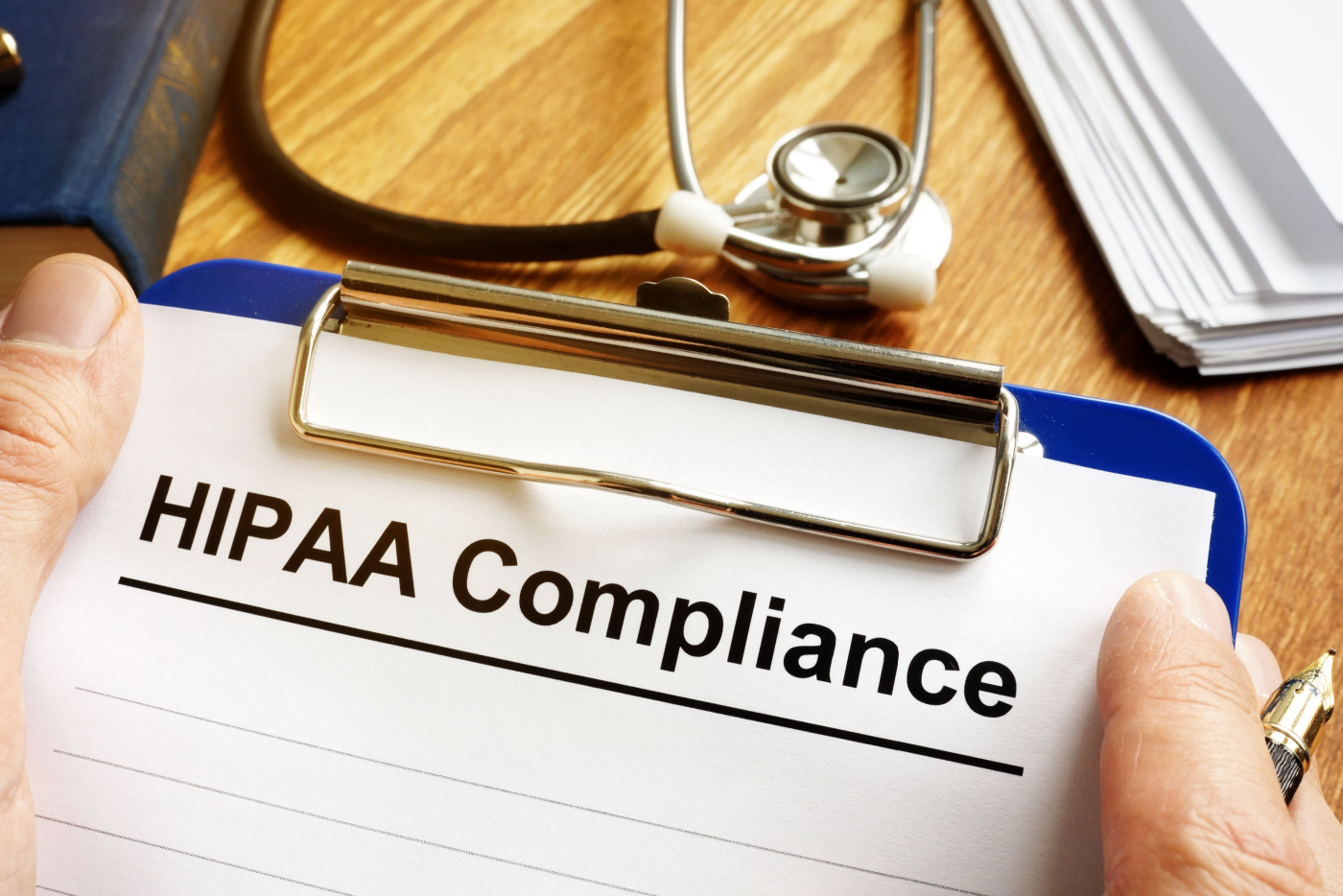Communicating with patients – in a compliant manner – is an essential part of your behavioral health practice. All practices must comply with the Health Insurance Portability and Accountability Act (HIPAA) and the Telephone Consumer Protection Act (TCPA). In order to protect patient privacy and respect patient communication preferences, these laws require certain guidelines to be followed. A few examples are obtaining permission to share information with third parties, having patients “opt in” to communications, and putting the right data security measures in place. Technology plays a crucial role HIPAA-compliant communication for behavioral health.
1. Embracing Secure EHR Software and Patient Portal
Effective EHR software helps ensure HIPAA-compliant interactions. Look for an EHR with a fully-integrated patient portal that will allow your patients to manage their care in a secure and HIPAA-compliant way. This includes viewing and paying bills, managing appointments, and completing and e-signing forms. Mobile app functionality is another thing to consider, as many patients prefer to use mobile devices for these types of tasks.
Many practices rely on email for communication, but this presents substantial risks to HIPAA compliance. First, email addresses are often mistyped, which can result in dangerous disclosures of protected health information (PHI). Even if they reach their intended recipient, emails are often overlooked or misdirected to spam folders, and they are usually unencrypted. As a result, emails can more easily be intercepted by third parties than information conveyed through a secure web portal. This does not mean you should skip email entirely, but you can help ensure compliance by limiting use of email to alerts and reminders that direct patients to a patient portal.
2. Streamlining Patient Communication with Patient-Centric Automated Messaging
Personalized communications can help patients stay focused on their care. Automated messaging may seem impersonal, but it is an essential tool to reduce no-show appointments and keep patients engaged. Simple appointment reminders are key to your practice’s communications strategy. Did you know research has shown that several appointment reminders are much more effective than just one reminder? Your EHR should offer robust patient communications features that save time and reduce no-shows.
With automated messaging, it is a good idea to not just comply with the Telephone Consumer Protection Act (TCPA), but to exceed its requirements. For example, express written consent for such messages is not required by law for pertinent medical information, but it is a best practice to meet patient expectations and avoid complaints. Nowadays, text messages are often the most essential tool. Automated emails and phone calls may be less effective or disliked by many patients.
The right tools can help you obtain consent for communications, respect patient preferences (e.g., text, phone, or email?), and send automated, patient-specific reminders or broadcast messages. These communications can provide information about appointments, or even direct patients to the portal to complete forms securely. This ensures patient privacy and empowerment via TCPA-compliant engagement solutions.
3. Telehealth Experiences: HIPAA-Compliant Communication for Behavioral Health
Innovations in telehealth are key to HIPAA-compliant communication for behavioral health. This is equally true for TCPA. The first step is using a HIPAA-compliant telehealth solution. Adopting an EHR with fully-integrated telehealth will further reduce liability by centralizing data, and improve the patient experience.
In addition, communications regarding telehealth appointments should follow all HIPAA and TCPA guidelines. Your EHR’s patient communication suite should allow for this with appointment reminders and all other types of messaging.
Conclusion: Empowering Behavioral Health Practices: Prioritizing Patient Privacy and Communication
As a recap, we covered 3 major points in this article:
- Embracing an EHR with an app-enabled patient portal can improve interactions between patients and providers, while avoiding the privacy pitfalls of sending PHI by email.
- Reminders and other automated patient communications should be opted into and sent in the patient’s preferred modality, with the right frequency, and should include little or no PHI.
- Seamless, secure, EHR-integrated telehealth experiences will reduce liability and help your practice level up.
The right EHR software can enhance TCPA and HIPAA-compliant communication, and vastly improve the patient experience. Valant delivers everything you need to raise the bar for compliance and care, from our app-enabled patient portal, to our integrated telehealth, to our automated patient communications. Let us show you what Valant can do for your practice.
The information provided in this report does not, and is not intended to, constitute legal or medical advice. All information and content available in this report are for general informational purposes only and include links to other third-party websites such as governmental websites and the author’s corporate website. Such links are only for the convenience of the reader. Readers should contact their attorney to obtain advice with respect to any particular legal or medical subject matter.








